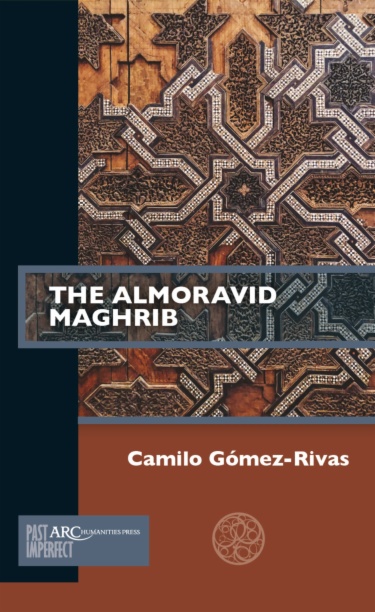The Almoravid Maghrib uncovers the richness and complexity of a neglected past. A pivotal moment in the history of North Africa, the rise of the Almoravids brought a corner of the Maghrib into closer contact with the world around. From the Cid to the Seljuqs, the Almoravids impressed contemporaries in ways no Maghribi regime had, signalling a transformation of western North Africa through burgeoning trans-Saharan and trans-Mediterranean commerce, urbanization (two of Morocco's four imperial cities were founded), and the epic encounter with the Christian, Muslim, and Jewish cultures of Iberia. The Almoravids witnessed a series of key transformations and beginnings, including the introduction of one of the area's most successful gold currencies, the formulation of a new religious orthodoxy, the parallel rise of counter-movements (popular, messianic, and spiritual), and the inception of pan-Maghribi-Andalusi artistic, literary, and architectural styles.
- Cover
- Contents
- List of Illustrations
- Acknowledgements
- Abbreviations and Note onLanguage and Dates
- Principal Charactersin the Narrative
- Introduction
- Chapter 1. The Preacher
- Chapter 2. The Queen and Her Kings
- Chapter 3. The Deposed
- Chapter 4. The Son
- Chapter 5. The Mahdis
- Chapter 6. The Qadi and the Rebel
- Conclusion
- Time Line
- Glossary of Key Terms
- Further Reading

